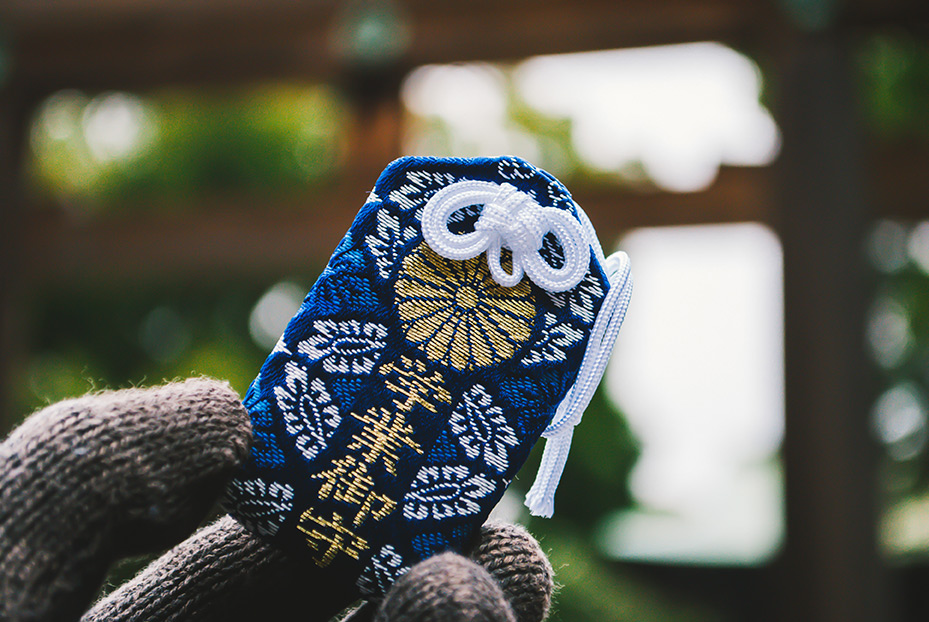

MASTER'S BOOK
OMAMORI AMULETS – JAPANESE LUCKY CHARMS
Japanese talismans
Omamori were originally made of paper or small pieces of wood. Today, the traditional lucky charms are usually available in small, colourful, shimmering brocade bags that can be attached to a handbag, a phone or hung in a car. What is inside? Omamori contain tiny wood or paper plates with passages from Buddhist sutras and for Shinto talismans – the name of the temple which they come from. But don’t check if their content is right – whoever takes a peek inside the traditional bag is going to have bad luck.
Omamori – Japanese protective bags
The name omamori (お守り) comes from the Japanese verb mamoru (守る), which means ‘to protect.’ Initially, the talismans devoted to deities were to ensure protection against general evil forces and misfortune. In time, they become specialised to address specific dangers or bring good luck during important events in life. Despite the divine power ascribed to the bags, the Japanese do not blindly believe in their magical effects. Omamori may help in daily challenges but ultimately their owners are the ones responsible for their own fate and success.
Japanese special task amulets
The stands that attack both the Japanese attached to tradition and the tourists craving for colourful trinkets offer hundreds of colour bags that protect not only against diseases and road accidents but also against bears or Internet violence. In addition to safety talismans, the areas surrounding Japanese temples are also where you can find omamori that bring good luck and success in various spheres of life. From educational progress through professional achievements to love and successful relationships – all this is promised by the mysterious inconspicuous bags that are often given as a token of good intentions and caring of the donor. In response to the contemporary needs and desires of the 21st century, Japanese merchants offer not only general beauty amulets but also special omamori “for” beautiful legs, slim waist or smooth skin.
Luck with expiry date
The commercial success of omamori is connected not just with the visual appeal of the talismans but also with their relatively short expiry date. Each bag only works for about one year. After that time, you must return it, preferably to the same temple where it came from. It is burnt there by local monks along with other “used” amulets during a special ceremony known as Koshinsatsutakiageshiki, and if the owners want to stay safe and have good luck, they will have to get new talismans full of power.
Omamori are not the only Japanese lucky charms. Next to them, at the stands, you may find wooden plates ofuda, ema, with the images of horses, figurines of frogs, owls and pheasants. They are all said to have symbolic powers supporting the owners and their household members. The colourful trinkets are more than just one of the few remains of Japanese religiousness – they also represent an important element of the culture of the Country of Cherry Blossoms. Their original design tempts Western tourists, who happily bring Japanese lucky charms as souvenirs from their Asian travels.














